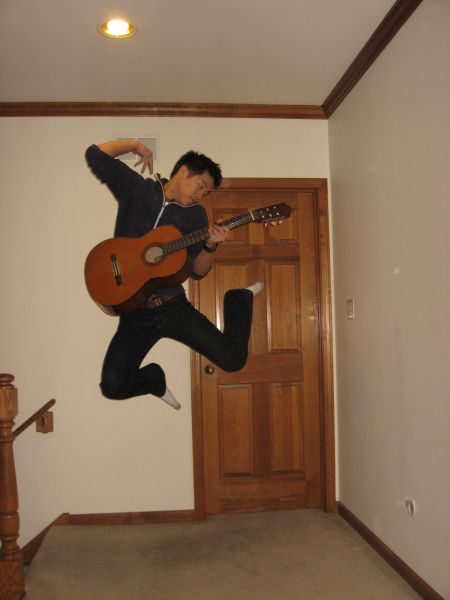| Line 21: | Line 21: | ||
where | where | ||
| − | <math>\mathcal{F} (cos(\frac{\pi t}{2})) = \frac{1}{2} [\delta(f - \frac{1}{4}]</math> | + | <math>\mathcal{F} (cos(\frac{\pi t}{2})) = \frac{1}{2} [\delta(f - \frac{1}{4}) + \delta(f + \frac{1}{4})]</math> |
| + | |||
| + | and | ||
| + | |||
| + | <math>\mathcal{F}(rect(\frac{t}{2})) = 2\sinc <math> | ||
Revision as of 09:28, 9 February 2009
Howdy, My name is Myron Lo and I'm a senior in EE.
I enjoy photography, combat sports, and Minidisc.
--Mlo 12:03, 13 January 2009 (UTC)
Experimenting with inserting formulas to participate in hw discussion
Hw1:
$ x_(t) \,\!= \cos(\frac{\pi}{2})rect(\frac{t}{2}) $
Using the convolution property
$ X_(f) = \mathcal{F} (cos(\frac{\pi t}{2}))* \mathcal{F}(rect(\frac{t}{2})) $
where
$ \mathcal{F} (cos(\frac{\pi t}{2})) = \frac{1}{2} [\delta(f - \frac{1}{4}) + \delta(f + \frac{1}{4})] $
and
$ \mathcal{F}(rect(\frac{t}{2})) = 2\sinc <math> $


